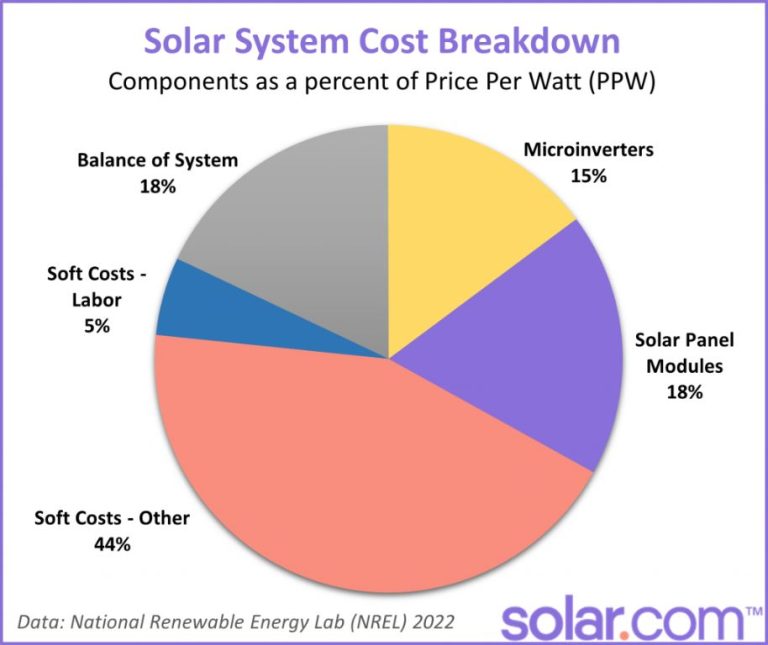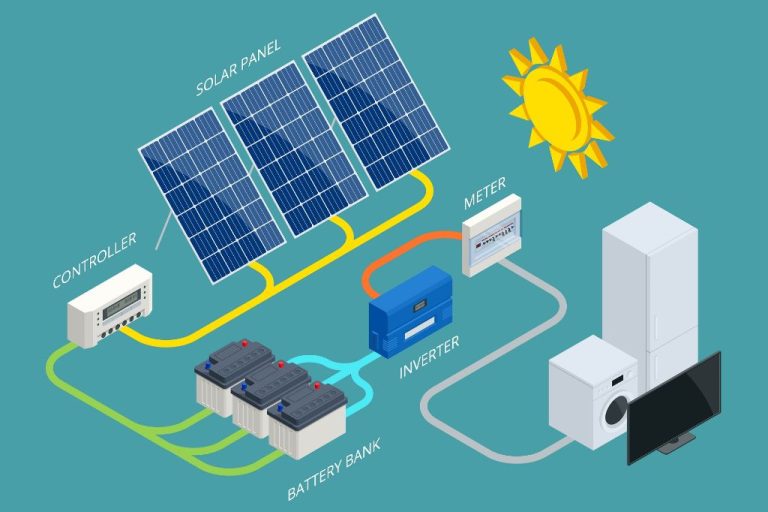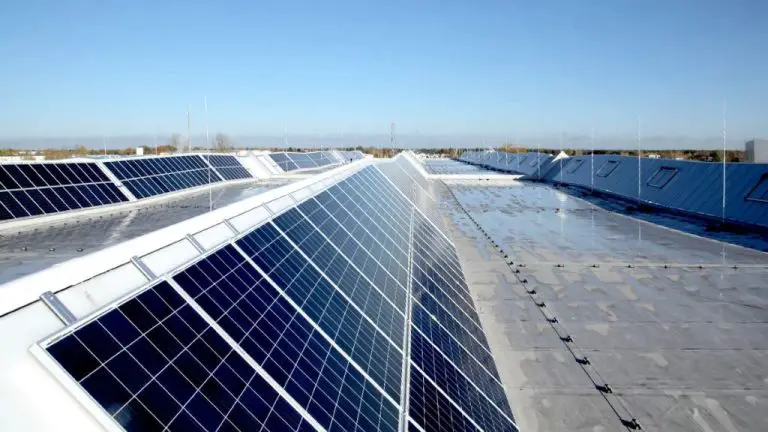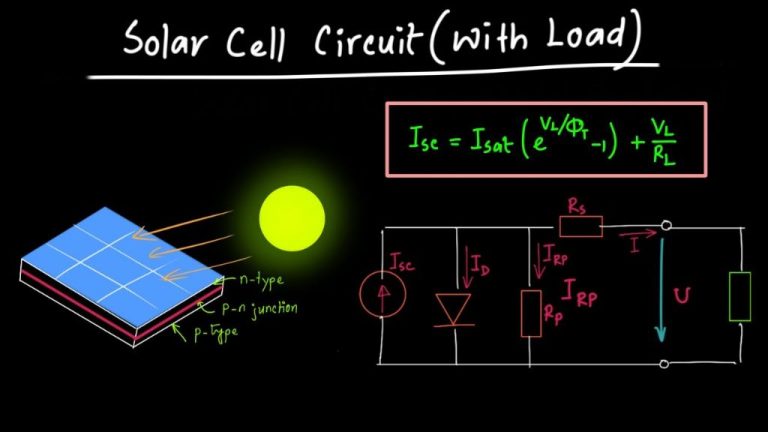What Is The Definition Of Solar Energy In Oxford Dictionary?
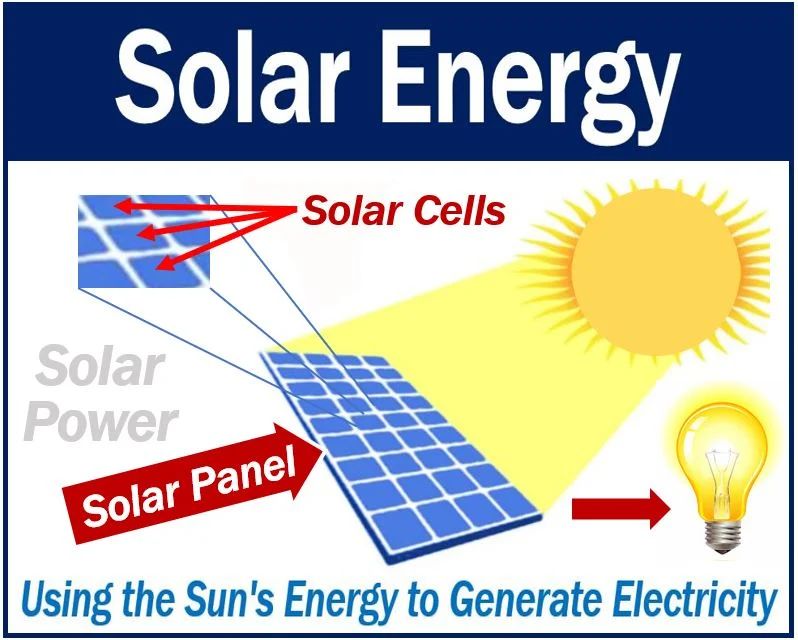
Solar energy refers to the radiant energy emitted by the sun, which can be harnessed and converted into other forms of energy. The Oxford Dictionary defines solar energy as “energy given out by the sun in the form of heat and light.” [1] The sun emits solar energy in the form of electromagnetic radiation that travels to the Earth and can be converted into thermal, chemical, or electrical energy.
Etymology
The word “solar” comes from the Latin word “solaris”, meaning of or pertaining to the sun.1 The concept of harnessing the sun’s energy dates back thousands of years. Some of the earliest uses of solar energy were by the ancient Greek and Roman civilizations, who designed their buildings to passively collect and store solar energy as heat.2 The term “solar energy” emerged in the early 19th century referring specifically to the technology of converting sunlight into other usable forms of energy like heat or electricity.
The modern concept of solar energy as a renewable energy source developed in the 1860s inspired by the growing fields of thermodynamics and electricity. French mathematician Auguste Mouchout pioneered early solar-powered engines, leading him to be known as the “father of solar energy”. He wrote in his 1896 book Solar Energy and its Industrial Applications: “Eventually industry will no longer find in Europe the resources to satisfy its prodigious expansion… Coal will undoubtedly be used up. What will industry do then?” This pioneering vision of solar energy as an alternative to finite fossil fuels paved the way for the growth of solar technology through the 20th and 21st centuries.
Definition
According to the Oxford Learner’s Dictionary, solar energy is defined as “energy given out by the sun in the form of heat and light. The process of photosynthesis converts solar energy into chemical energy.”
The Oxford Reference defines solar energy as “Energy that is derived from the radiation of the Sun, which is a sustainable, renewable, non‐polluting, and relatively reliable energy source.“
Explanation
Solar energy refers to the radiant energy emitted by the sun, which can be captured and converted into useful forms of energy such as heat and electricity. The sun produces energy through the process of nuclear fusion, in which hydrogen atoms collide and fuse into helium atoms, releasing tremendous amounts of energy in the process. This energy radiates outward from the sun in all directions in the form of electromagnetic waves and particles.
When solar energy reaches the Earth, it can be converted into other forms of energy in several ways. Solar thermal collectors can capture heat from the sun to warm buildings or water. Photovoltaic cells convert sunlight directly into electricity. Concentrated solar power systems use mirrors to focus sunlight to drive traditional steam turbines and generators. Solar energy can also be used to provide natural lighting and ventilation in buildings.
The key elements of the definition refer to the origin of solar energy (the sun), the forms it can take (radiation), and its potential applications (heat, electricity, light). Solar energy is considered a renewable source of energy because the sun’s output is essentially limitless and will continue radiating energy for billions of years. The amount of solar energy striking the Earth in one hour is more than the world’s total annual energy consumption.
Types
There are several main types of solar energy technologies (How Does Solar Work?, n.d.):
- Photovoltaics (PV) – Solar panels made up of solar cells that absorb sunlight and convert it directly into electricity. This is the most widely used solar technology.
- Concentrated solar power (CSP) – Uses mirrors to focus sunlight to drive traditional steam turbines or engines that create electricity.
- Solar heating and cooling (SHC) systems – Uses the sun’s thermal energy to provide hot water and air conditioning via absorption cooling.
- Passive solar design – Takes advantage of sunlight and solar heat through proper building orientation and materials to provide natural heating, cooling, and lighting.
There are also some other emerging or niche solar technologies like solar chemical processes, solar cooking, concentrated photovoltaics (CPV), and more (Solar Energy Basics, n.d.).
Applications
Solar energy has many practical uses and applications in daily life. Some of the most common applications of solar energy include:
Solar electricity generation is one of the fastest growing uses of solar energy. Solar photovoltaic panels convert sunlight directly into electricity that can power homes, buildings, and grids. Solar PV capacity has expanded rapidly in recent years as costs have declined (Source).
Solar thermal technology uses solar collectors to harness heat from the sun. This thermal energy can heat water for domestic, residential, or industrial uses. Solar water heating is a popular application to reduce electricity or gas consumption (Source).
Solar heating systems can warm the air or provide radiant heating inside homes, offices, and other buildings. Solar heating reduces the need for furnaces and boilers.
Solar energy can also be used for solar cooking, drying crops and clothes, distillation of water, and powering equipment like water pumps via solar photovoltaic panels.
Advantages of Solar Energy
Solar energy has many benefits that make it an attractive renewable energy source. According to the U.S. Department of Energy, solar energy is sustainable, renewable, and plentiful (Benefits of Residential Solar Electricity). As a renewable resource, we will never run out of solar energy. The sun produces an enormous amount of energy every day that far exceeds humanity’s energy needs. Solar energy systems also produce power without any harmful greenhouse gas emissions that contribute to climate change and pollution.
Solar power creates economic opportunities and jobs in local communities. The solar industry is one of the fastest growing employment sectors as demand rises for solar panel installation, maintenance, and manufacturing (All the advantages of solar energy). With solar energy, wealth is generated and retained locally rather than imported from other regions.
Solar energy systems can be installed on homes and businesses to reduce electricity bills. Once the initial system costs are recovered, solar provides free electricity for decades while also increasing property values (The Advantages and Disadvantages of Solar Energy). With battery storage, solar power can provide electricity at night and during power outages. Overall, solar energy provides clean, renewable power and financial benefits for consumers.
Disadvantages
While solar energy has many benefits, it also has some drawbacks. According to the National Association of Home Inspectors (NAHI), the most significant complaints with solar energy are lack of consistency and reliability (https://www.nachi.org/disadvantages-solar-energy.htm).
Solar energy relies on sunlight, which can be inconsistent depending on location, weather, and time of day. Cloudy days and nighttime mean no solar power generation. This intermittency means solar often needs to be paired with other energy sources like batteries or the grid (Constellation, ).
Solar panels are weather dependent and can be damaged by environmental factors like hail, snow, and debris. They also lose efficiency over time. Proper maintenance and cleaning is required to keep them operating at peak performance (Constellation).
The upfront cost of purchasing and installing a solar system can be high. Government incentives can help offset costs, but solar energy might not make financial sense for every homeowner. Payback periods can take years or decades depending on system size and energy usage (Constellation).
Land usage is another concern, as utility-scale solar farms require significant acreage. However, rooftop solar allows generation at the point of use. Community solar projects also help minimize land requirements (Constellation).
While solar energy production creates no emissions, manufacturing solar cells produces some pollution. There are also concerns around the safe disposal of solar panels given the toxic materials like lead and cadmium used in production (Constellation).
Future
The future of solar energy looks very promising. According to research from MIT, solar could provide 20% of total global electricity generation by 2027, up from just 2% today.[1] The main drivers for growth in solar energy include improving efficiency and decreasing costs of photovoltaic panels, as well as supportive government policies and incentives.[1]
One key area of research is improving the efficiency of photovoltaic solar panels. The theoretical limit for efficiency of traditional silicon solar cells is around 30%, but most commercially available panels today operate in the 14-19% efficiency range.[1] New technologies like perovskites and organic PV cells offer potential to push efficiencies above 30%.[1]
In terms of costs, the MIT report predicts that utility-scale PV electricity will become cheaper than electricity from combined-cycle gas plants by around 2025 globally.[1] With solar already at cost parity in many regions, the continued cost declines expected will make solar power increasingly economically competitive.
Government policies will also play a critical role in supporting further adoption of solar power. [1]Policies like renewable portfolio standards, feed-in tariffs, tax credits, and financing incentives can accelerate solar energy deployment if implemented widely.
Overall, the future is bright for solar energy. With the expected technology improvements and policy support, solar is poised to become a major pillar of the global electricity system this century.
[1] https://energy.mit.edu/research/future-solar-energy/
Conclusion
In conclusion, solar energy has emerged as an important renewable energy source with many benefits. Solar panels convert sunlight directly into electricity without any harmful emissions. The technology is constantly improving, with increased efficiency and falling costs making solar power more affordable and accessible (Source). Key advantages include its abundance, renewability, sustainability, and decreasing carbon footprint. While there are some limitations like high upfront costs and intermittent supply, solar power has huge potential to meet rising energy needs in an eco-friendly manner. With further technological enhancements and supportive policies, solar energy can play a major role in clean energy transitions globally.

